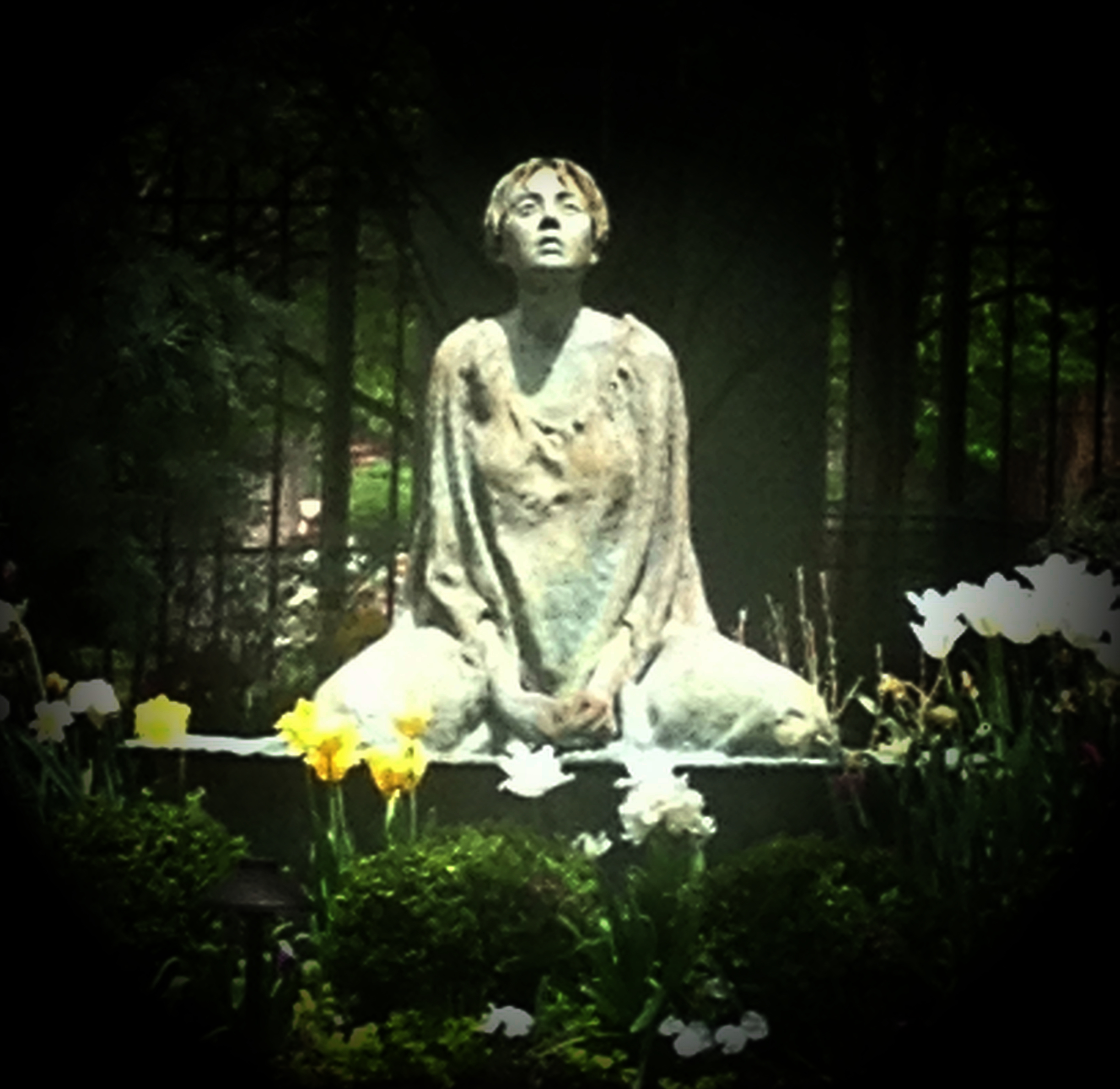
If you’re a shark, ignore this. Sharks must move; for them, stillness equals death. Of course, if your experience in life involves being chased by sharks, you’re probably not familiar with stillness either. As a psychotherapist, working with trauma for 25+ years, I found most of my clients fitting into that category.
Stillness is not frozen.
My clients are all too familiar with living in deep freeze; the held breath, the rigid musculature, even the tunnel-vision gaze are all too common. The essence of the frozen state is one of past and future; a body stuck in a past of thwarted defense mechanisms, a feared future of possible (probable?) attack. For these folks, stillness is unobtainable without help; as a good friend of mine points out, it’s hard to dance stillness when you still feel you’re being chased by a shark!
Stillness is a Pause to Simply…Be
In stillness, there is aliveness sans action or intention. A dancer I loved embodied this, her grace easing into a moment of balance, and in that, pausing simply to be. The gift of her stillness profoundly affected her audience. We joined her in that crystalline present, becoming quiet with each other in a way few houses of worship have induced. Like what some people call a “female rain,” which does not pound the earth and result in runoff, but instead soaks deep, the slowing or stopping of intentional movement or thought allows us to perceive more fully the present moment in all its richness.
When my clients first come to see me, they hardly realize that their lives are in constant movement, distraction, and what some call the “gerbils” of racing thoughts. And oh yes, their bodies are frozen in telling places. They have spent years trying to relax, not realizing that that in itself dooms them to failure. Relaxation, like stillness, involves the lack of effort. But who can blame them, with a history of shark attack? Gradually in our time together, the thoughts slow, the body softens, and the first raw raged evidence of authenticity, as well as the sludge of unprocessed past begins to show. And with it, our work.
Nowhere is life more sweetly experienced than in the still moment,
soaking deep and expanding wide. It’s 1994, I’m in Austin, poor, relatively isolated, and have just joined Body Choir, based on Gabriel Roth’s five rhythms. The last of these is Stillness; slow movement until something in the body says, stay here. The other dancers and I have expiated ourselves with the more vigorous previous rhythms, and dissolved in the process at least some of the barriers to intimacy. We find each other for this moments, eyes softly gazing or mirthful, bodies touching or near. Sometimes, the spirit rises and joins with that of our companions’. The breaths of twenty dancers against a backdrop of tonal music, the slow ballet of others who have moved out of stillness, seeking another pause, the profound simultaneous awareness of internal emotional, physical experience and profound awareness of the other, all these are in this moment.
And in this stillness, I am satisfied.